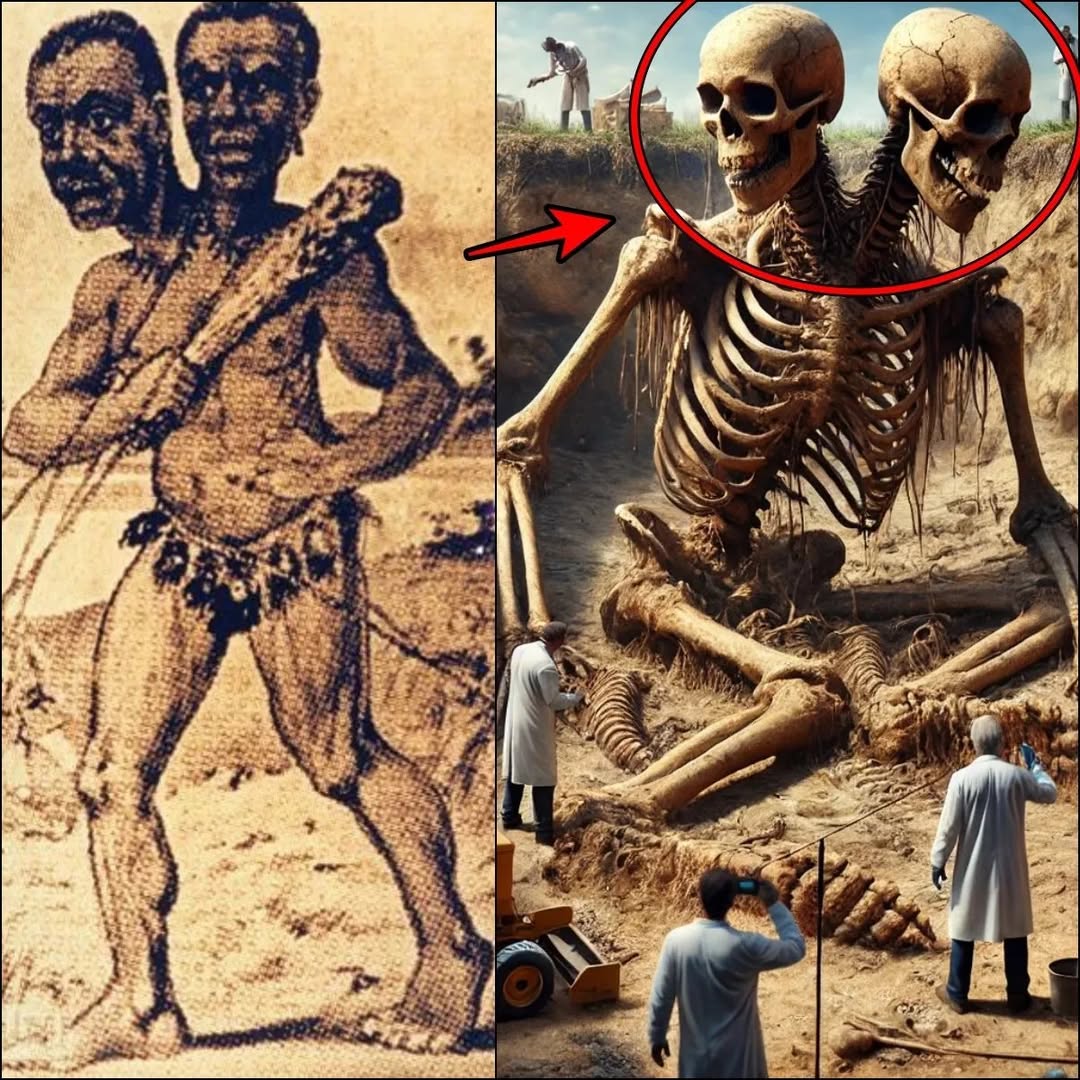
The ancient papyrus found in the coffin of a person called Ahmose in the Saqqara necropolis has never been shown to the public until now.

This Monday, the Waziri Papyrus I was unveiled inside a new exhibit at the Egyptian Museum in Tahrir Square by Mostafa Waziri, the Secretary General of the Supreme Council of Antiquities, after whom the papyrus was named.

The ancient scroll is impressive, to say the least. Dr. Waziri explained the Waziri Papyrus I was unearthed last year. Upon d iscovering the ancient scroll, scientists thought it measured only nine meters, but once it was restored and fully translated, it was obvious it measured 16 meters! The ancient scoll has been translated, and after a several months-long restoration process, the Waziri Papyrus I can now be admired by the public.

Credit: Supreme Council of Antiquities
The Egyptian papyrus dates back to 50 B.C. and is the second-longest ancient papyrus, or long piece of inscribed ancient paper, to be discovered in Egypt. According to a press statement issued by the Ministry of Tourism and Antiquities the verses were inscribed on the papyrus as 150 columns of writing of varying lengths and were accompanied by hieroglyphics and illustrations.
Ahmose’s name was found 260 times on the papyrus, leading the team to believe it was his personal funerary document.

Ancient Egyptians did not consider death the be the end of existence. They believed in life after death and before one could pass to the next realm of existence, one had to be judged by God Osiris.
Many dangers could appear on the way to the afterlife, and the bodies of the dead were prepared according to special rituals. The Book of The Dead, a papyrus inscribed for a priest of the god Horus named Imhotep, contains many spells to help successfully transition from death to eternal life.
The precious ancient document covered with spells from the Book of the Dead may shed new light on ancient Egyptian beliefs about the transition to another realm.





